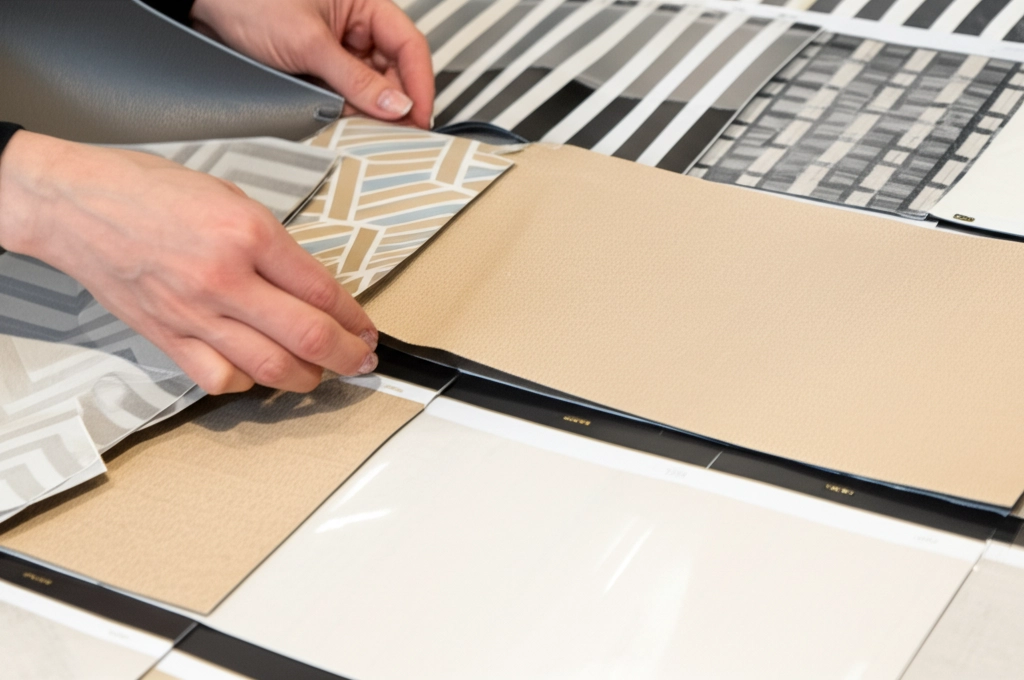Selecting the right interior film for your project can seem overwhelming given the vast array of options available. This guide will help you navigate the selection process by focusing on the key factors that should influence your decision.
Consider the Application Surface
Different surfaces require different types of films. Vertical surfaces like walls typically need less durability than horizontal surfaces like countertops or tabletops that experience more wear. Curved or complex surfaces may require more flexible films with stronger adhesives to maintain proper adhesion around corners and edges.
Evaluate Environmental Factors
Will the film be exposed to moisture, heat, or direct sunlight? Bathroom and kitchen applications need water-resistant films, while areas near windows or in sunrooms require UV-resistant options to prevent fading. For exterior applications or spaces with temperature fluctuations, look for films specifically rated for these conditions.
Determine Required Durability
Consider the expected lifespan of your application. High-traffic commercial spaces need commercial-grade films with superior scratch and impact resistance. Residential applications might allow for standard-grade films, though areas like kitchen backsplashes or children's rooms may benefit from more durable options.
Pattern and Texture Selection
Beyond aesthetics, pattern and texture choices have practical implications. Heavily textured films can hide imperfections in the underlying surface but may collect dust more easily. Glossy finishes create a sleek look but show fingerprints and scratches more readily than matte or textured options.
- Wood grain patterns work well for furniture and cabinetry
- Marble and stone patterns are ideal for countertops and accent walls
- Solid colors provide versatility and can coordinate with existing decor
- Metallic finishes add sophistication to accent pieces and feature walls
Test Before Committing
Whenever possible, test samples of your chosen film in the actual installation environment. This allows you to evaluate how the color and pattern look under your specific lighting conditions and alongside other elements in the space. Many suppliers offer sample swatches specifically for this purpose.
By carefully considering these factors, you can select an interior film that not only achieves your desired aesthetic but also performs well over time, providing lasting value for your renovation investment.




